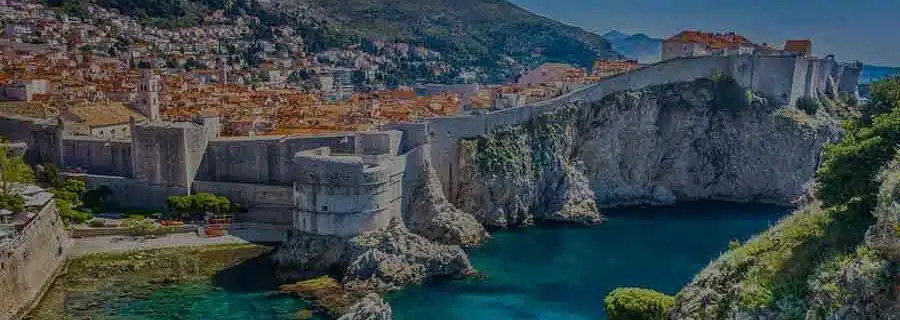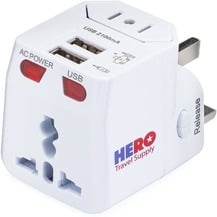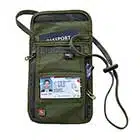Famed for its charming Roman old towns that line the turquoise-tinged shores of the Adriatic Sea, Croatia has fast become a bucket-list attraction among the sun-worshipping summer vacation crowd. Backpackers, holiday-makers and Game of Thrones fans alike rub shoulders amid these bustling cobblestone streets.
If Croatia is part of your next Euro trip, then you’re in for a treat. Just be sure to pack a power adapter so your devices don’t run flat throughout your stay.












